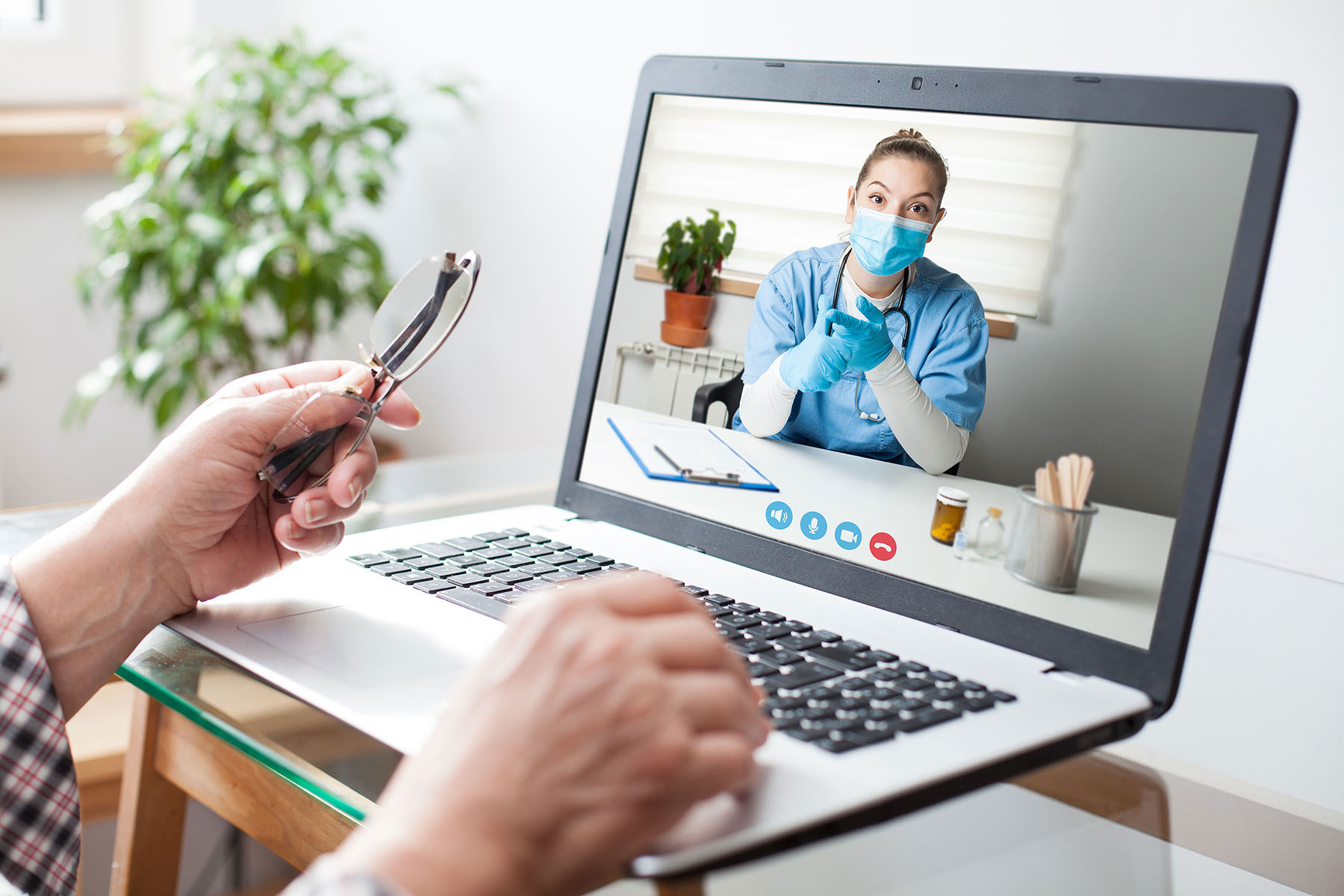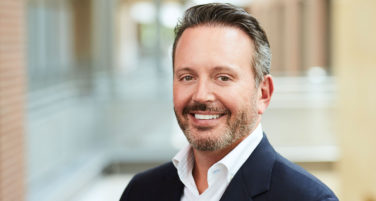The Holy Grail of healthcare marketing has always been to facilitate a conversation between a healthcare professional (HCP) and a qualified patient, at the appropriate moment in the patient journey, in the shortest number of steps, in order to get that patient on therapy.
Traditionally, once that moment has been identified for the specific individual, a strategy of surrounding the patient with media touch points and unique creative is designed to reinforce a message in the hopes that the patient remembers to discuss the therapy with their doctor. A lot of strategic thinking goes into not only patient journey mapping, but mapping out the path that a patient will take as we try to influence them throughout their journey.
- But what if we could shorten that path and maximize the ROI of every media engagement?
- What if we could go right from a single media touch point and improve that patient’s care by taking them directly to an HCP who can discuss the treatment and prescribe a therapy?
- Would that optimize the patient’s experience?
- Would that improve the patient’s care?
Connecting Patients and Doctors in One Click
At SXSW 2022, glowing drones appeared above the skies of Austin, TX in the form of a QR code that allowed people to raise their phones and be taken directly to a promotion for the new “Halo” television series from Paramount+. Imagine that same QR code being able to connect someone directly to a physician at that exact moment in time, whether they were sitting on a beach or in the comfort of their own home. Imagine being able to educate someone by bringing their doctor to them at the moment they are interested in learning more.
Innovations leveraging virtual care, QR codes, and traditional scheduling technologies are enabling patients to go directly from a banner to a physician in a single click, or by pointing their phone at a traditional ad. A number of companies have been looking to figure out the most effective way to leverage telehealth within media, by inserting advertising into the wait time during a physician consult. This type of advertising provides a final touch point with what is arguably the most targeted patient you can find, just before they have a dialogue with their physician. In fact, according to eMarketer’s 2022 U.S. Telehealth Trends report, almost half of patients surveyed feel that a virtual waiting room would be extremely or very valuable during a telehealth consult.
Other companies are trying to negotiate directly with telehealth providers or provide a link from a website to a telehealth company. While this strategy seems sound at first glance, it’s not actually the business model that telehealth companies focus on, and they aren’t going to ensure that the patient has a curated experience from the moment they express interest. This often results in high patient abandonment and what appears to be a failed strategy by the marketers. Additionally, it doesn’t ensure that patients are properly educated. The same eMarketer report shows that 49% of patients view access to general health content and information as part of their telehealth experience as something extremely valuable.
Bringing a Patient Through the Whole Process
Some solutions, however, have cracked the code of shortening the path to treatment by looking at the entire process as an acquisition strategy—not just as a media tactic. The emerging solutions aren’t about just providing a link to a telehealth platform, instead, they strategically bring a patient through the process from the moment they express interest. By taking patients directly from a media engagement into a physician consult for education on the condition and therapy, and ultimately to a written prescription, it drives significantly higher ROI and demonstrates the value of the individual media touch point.
That means it is now possible to bring a patient directly into a physician consult from pretty much any source, whether it be digital or traditional. The most obvious is a click from a banner ad or widget on a brand’s website. However, with the integration of QR codes within traditional media including print, out of home, or even television, companies can not only connect people to a doctor virtually to elicit a conversation, but they also have a path to help patients and doctors to meet physically in any circumstance from the same media engagement.
In these environments, once an interested consumer engages with an asset, they are conducted to a qualification pathway that ensures the individual is an appropriate candidate for that therapy. From that point, the consumer can either get connected directly to a telehealth session with a licensed HCP, or they can select a local physician and immediately schedule an in-person visit. The entire process is curated for the patient and ensures a minimal amount of abandonment by hand holding the patient through the entire process.
These solutions have reported that approximately 95% of patients who are qualified and receive a consult ultimately end up receiving a prescription. Furthermore, these solutions have been successful for most therapeutic categories, even categories that many would think wouldn’t be applicable. With the advent of in-person scheduling and follow-up, it even provides a solution for rare diseases.
The Future of Patient Education
When we consider how much money is spent on trying to insert a brand message into the psyche of a patient in the hopes that the patient will remember to have that discussion when and if they have a conversation with their physician, it only makes sense to help facilitate that conversation as quickly as possible. Improving and enhancing conversations between physicians and patients is certainly a key method of increasing consumer awareness of different products in the pharma landscape and brings with it the added benefit of being able to provide education.
While more solutions are sure to come to market, one thing is certain: The ability to guarantee ROI and create a dialogue between a patient and a physician has never been greater or required fewer media touch points.
We might not yet be looking to drone-filled skies for a doctor when we’re sick, but our ability to shorten the path to treatment and provide on-demand education for patients is rapidly transforming the healthcare industry.









